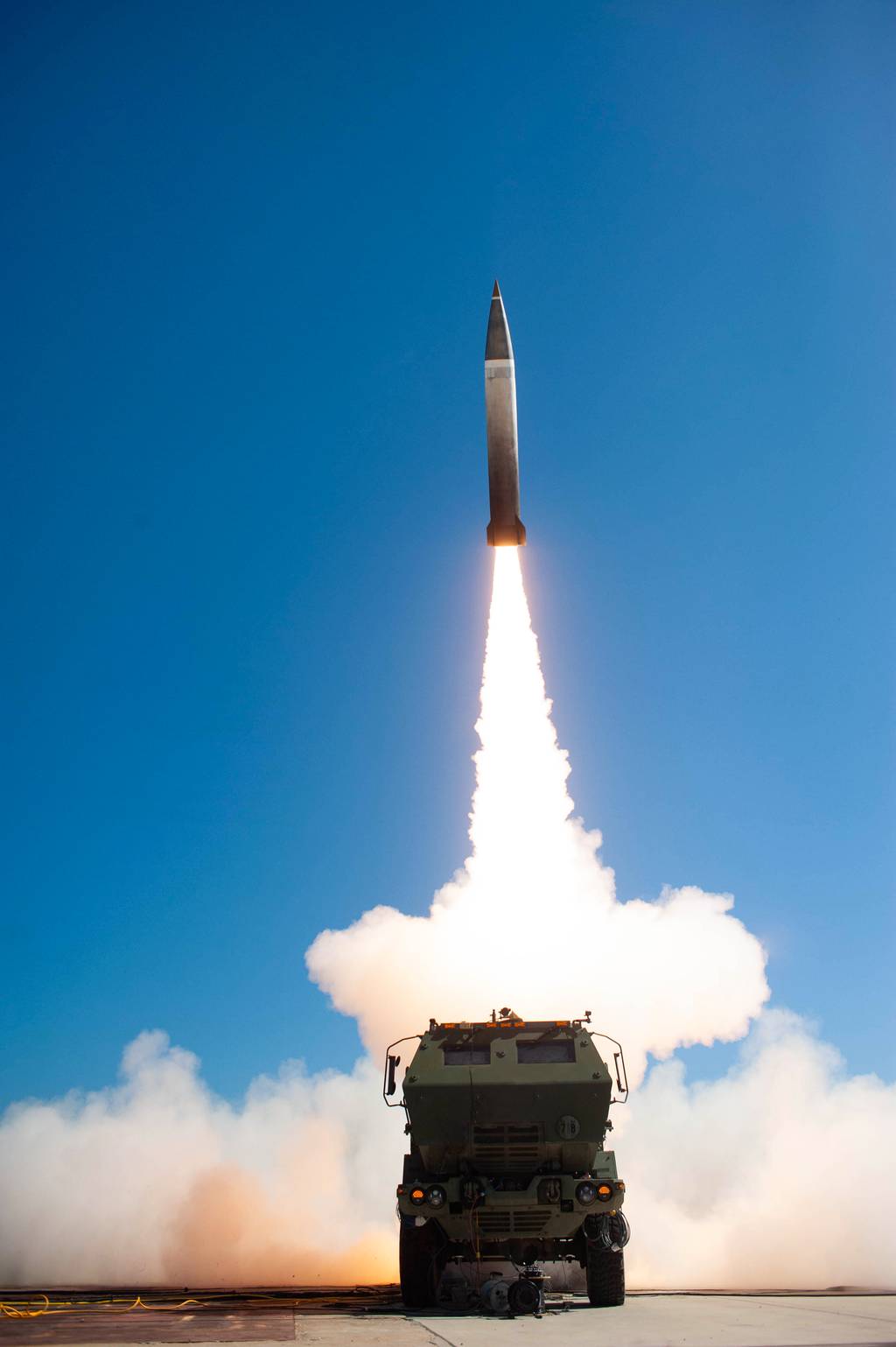Two years after the annexation of Crimea in 2014, General Mark Milley, now chairman of the Joint Chiefs of Staff, announced that the U.S. Army was “outranged and outgunned” by Russian armed forces on the ground.
Today, incumbent Army Chief of Staff General James McConville believes the situation is changing.
“With the systems we have, we are not going to be outgunned or outranged,” he said at the National Museum of the U.S. Army in March. “We are going to have overmatch. It’s really important to make that happen.”
As the Army’s number one modernization priority, McConville described how precision fires will be crucial to battlefield success, minimizing friendly exposure while maximizing weapons effects.
The importance of precision fires continues to be underlined today in Ukraine following Russia’s invasion. Ukrainian Armed Forces have successfully deployed precision fires to destroy Russian assets while minimizing collateral damage to civilian populations and critical national infrastructure.
Precision fires rely upon the accurate delivery of precision guided munitions onto targets using a variety of methods. Options include laser or global positioning system guidance systems as well as inertial navigation units embedded into the munition, any of which help deliver an effect to within several meters of a target, even at extended ranges.
Across the modern battlespace, however, it’s grown increasingly obvious that GPS can no longer be relied upon to support the accurate delivery of precision fires, given adversarial capabilities to disrupt satellite communications. As an alternative, Laser Target Designators can be employed to accurately guide precision fires onto targets from stand-off positions, enhancing the survivability of small teams on the ground.
Historically, Joint Terminal Attack Controllers and Forward Observers have used LTDs to direct laser-guided munitions onto targets. LTDs can be carried on the person as a tripod-mounted device or integrated on board manned or unmanned rotary- and fixed-wing close support aircraft. LTDs are typically combined with electro-optical/infrared cameras and mounted on Group 4 unmanned aerial systems (UAS) large enough to accommodate this sizeable payload.
Warfighters on the ground operating LTDs face a set of restrictions that can significantly alter the effectiveness of precision fire missions. These limitations include inaccessibility; size, weight and power challenges; time constraints; austere environments; and electronic signature management.
To resolve many of these constraints, Special Operations forces, combat units, and reconnaissance teams operating at the ‘edge’ are now able to benefit from reduced size, weight and power Laser Target Designators that can be integrated on Group 1 fixed-wing and vertical take-off/landing UAS.
Weighing as little as 1,250g (2.8 pounds), reduced form factor LTDs act as ‘force multipliers’ for teams on the ground, proliferating the ability to call for precision fires beyond the exclusive control of JTACs and FOs. Reduced SWaP configurations also mean an LTD can be integrated onto a gimbal with additional payloads that support targeting processes, such as EO/IR cameras and laser rangefinders.
This means units operating at the lowest tactical level can quickly set up a small VTOL UAS; attach an LTD; then launch, find, fix and designate targets for laser-guided munitions at pace from safer, stand-off positions.
Speeding decision-making and optimizing mission effectiveness, these smaller form LTDs can support a host of applications, such as precision air strikes from manned or unmanned platforms, guided mortars and artillery, naval gunfire, ground-launched munitions, and air-launched effects.
Stabilized LTDs also can support user-defined target tracking to accurately capture coordinates, bearing, and speed of objects and vehicles. This enables clandestine monitoring and marking of targets, even when they’re on the move. In addition, long-wave IR cameras embedded in a Laser Target Designator allow ground teams to call for precision fires day or night, in poor weather, and through obscurants like smoke or fog.
A close companion of the LTD is the Laser Spot Tracker. Drones equipped with an LST allow operators to see other platforms’ laser spots, giving them the ability to verify and correct spots from multiple sources. Laser spot tracking allows units to better orchestrate their mission by coordinating the various laser designating platforms, improving overall attack efficiency and effectiveness.
“We don’t want to be indiscriminate when we conduct precision strikes, and as we move to the future, we’re going to be using all types of sensors,” McConville concluded. “We are going to have a lot of capability for long range fires and having people on the battlefield who can do that is going to be very important.”
Laser Target Designator systems integrated on board Group 1 VTOL UAS promise to proliferate the ability to call for precision fires down to the lowest tactical level – which means faster response time and a higher degree of mission success. Warfighters operating at the edge will benefit from these force multiplying LTD technologies that help them confront a new generation of enemy threats.
JihFen Lei is executive vice president and general manager at Teledyne FLIR Defense, a supplier of thermal imaging cameras and sensors to governments.
Have an Opinion?
This article is an Op-Ed and the opinions expressed are those of the author. If you would like to respond, or have an editorial of your own you would like to submit, please email C4ISRNET Senior Managing Editor Cary O’Reilly.








